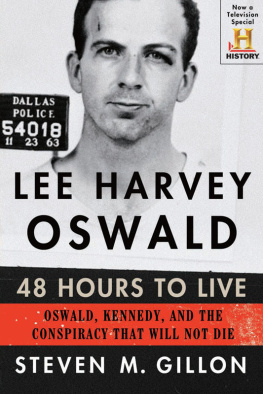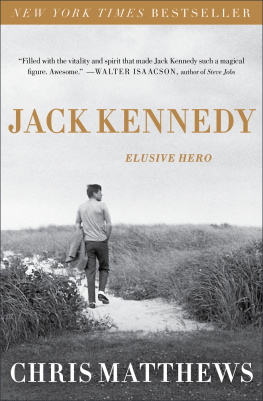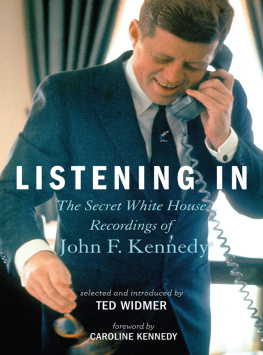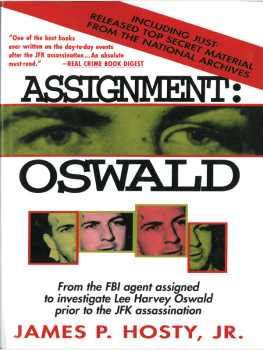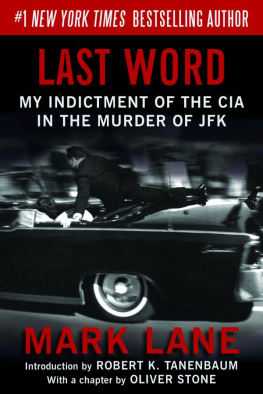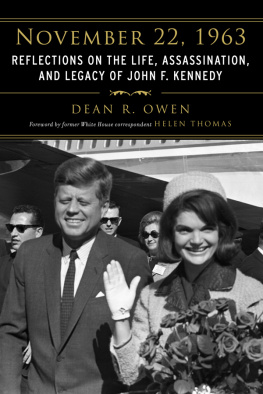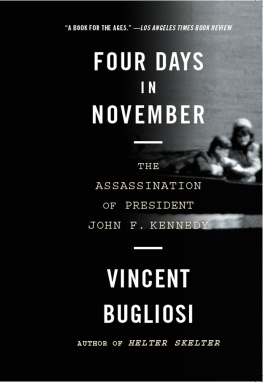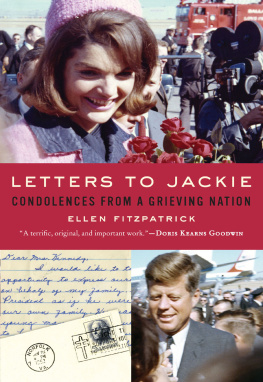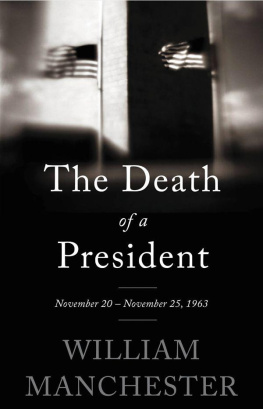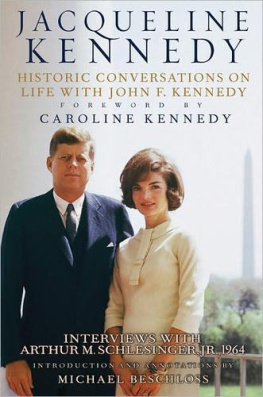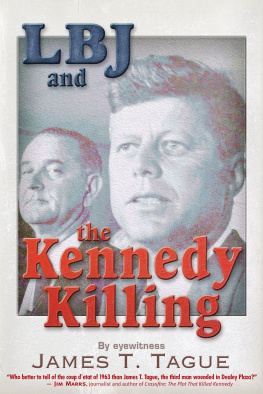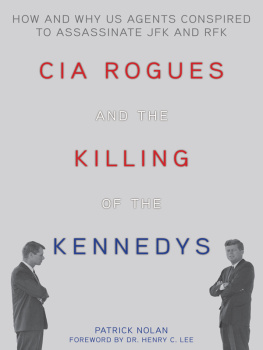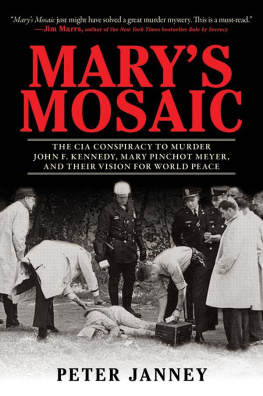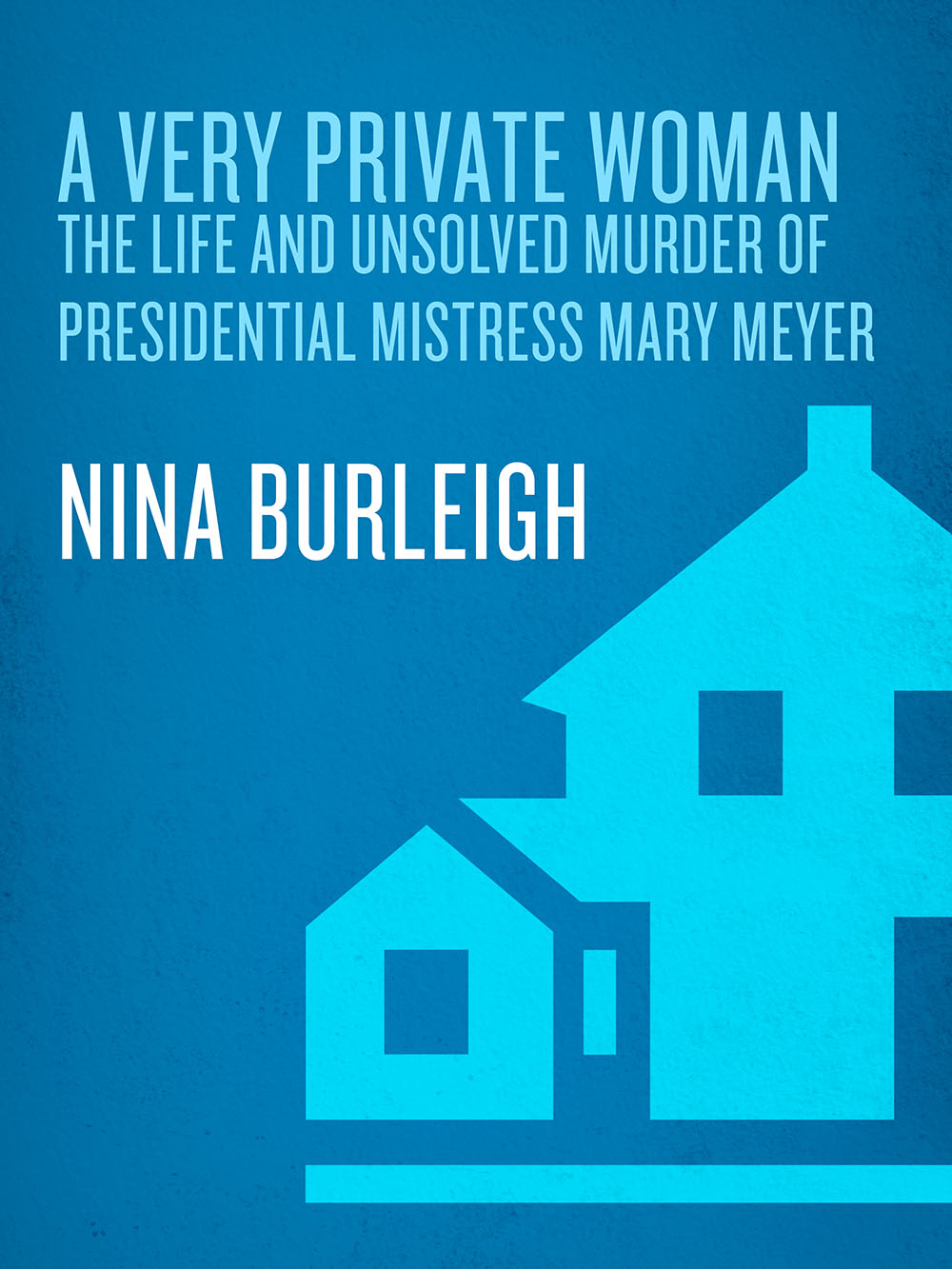I NTRODUCTION
A nyone wanting to write about a member of the silent generation of women that mothered the baby boom and married the cold warriors confronts a peculiar obstacle: Many of these women believe their lives were utterly unremarkable. The cold war wives review years spent raising children and keeping house, arranging dinner parties for dignitaries, making art, or getting jobs. They find their personal histories bland compared to their husbands, men with war wounds on their bodies and secrets of state in their brains, men whose turf ranged from Havana to Moscow and Paris to Bucharest, and whose work altered world history.
When the woman in question had an affair with a married president of the United States and then died violently, the obstacle of humility is compounded by embarrassment and sorrow. Mary Pinchot Meyers sister and closest friend say they burned her diary, and a CIA official destroyed her other papers, obliterating her voice from history. Her closest surviving friends made an informal pact not to discuss her. Many people who will talk are persuadedfor reasons that have more to do with Marys access to powerful men and with the tenor of the times than with available facts about the woman herselfthat Mary Meyer knew things she wasnt supposed to know, and that her death is somehow related to that knowledge. Still others are quite happy to talk, but thirty years and advancing age have dimmed their memories. The protectiveness of her friends, the shame and sorrow of her family, and the political intrigue during her years in Washington have combined to make her life and death mythic, a part of the Kennedy assassination conspiracy legend.
Most of Mary Meyers female peers outlived their husbands, men who drank hard and were often addicted to nicotine. These women devoted their later years to creative endeavor. In their seventies, avian and fine as porcelain, they take themselves and their work very seriously. They lived the earlier part of their lives unnoticed in a half-lit world of great refinement and delicate sensibility, eclipsed by the cold warriors and their nihilistic contest of rocket fuel and warheads and plutonium. These women painted or sculpted or wrote poetry or studied and suffered the husbands who strayed or ignored them or drank too much, or whose secret deeds were only revealed by congressional inquiries years later. Their children rebelled and got lost in drugs and the turmoil of the 1960s before coming home. They survived much.
Mary Meyers death was a tragedy for her two surviving sons and for her sister and close friends. It was a tragedy from which the affected have tried to recover in different ways. One of those ways has been a protective silence. Like high priestesses guarding the Eleusinian mysteries, those ancient Greek fertility rites of blood and sex, her friends have protected the mystery of their lost friends life, and with it the secret history of their group, once so important and now fading into old age, death, and history. They want Marys story and the reasons behind a mad scramble for her diary after her death interred with her. In so doing, they protect the living as much as the dead. The image of their once-powerful set shall not be damaged while they live. Their very silence has perpetuated the mystery of their late friend more effectively than anything they might have said. Mary Meyer became a silhouette in her own story.
As the years passed and the secrets of the CIA dribbled out, Americans came to believe the cold warriors were capable of supreme acts of oversight and evil. To some minds the intelligence agency assumed the role of the invisible hand and became a controlling entity behind ever more complicated, interconnected webs of events inside America. This impression was amplified by the excessive secrecy of those times and by the official and unofficial guarding of those secrets over the years. Mary Meyers name appears in classified documents that are still being released. Among documents relating to Mary Meyer that have been released by the CIA is a completely redacted ten-page document on CIA stationery, probably related to her husbands job. Another is not dated and is titled merely Background Information. It is a review of the appropriate Office of Security files and contains her vital statistics and an explanation of the circumstances of her death. There may be other material on her at the CIA. A Freedom of Information Act request made to the CIA by the author could elicit more results in coming years.



